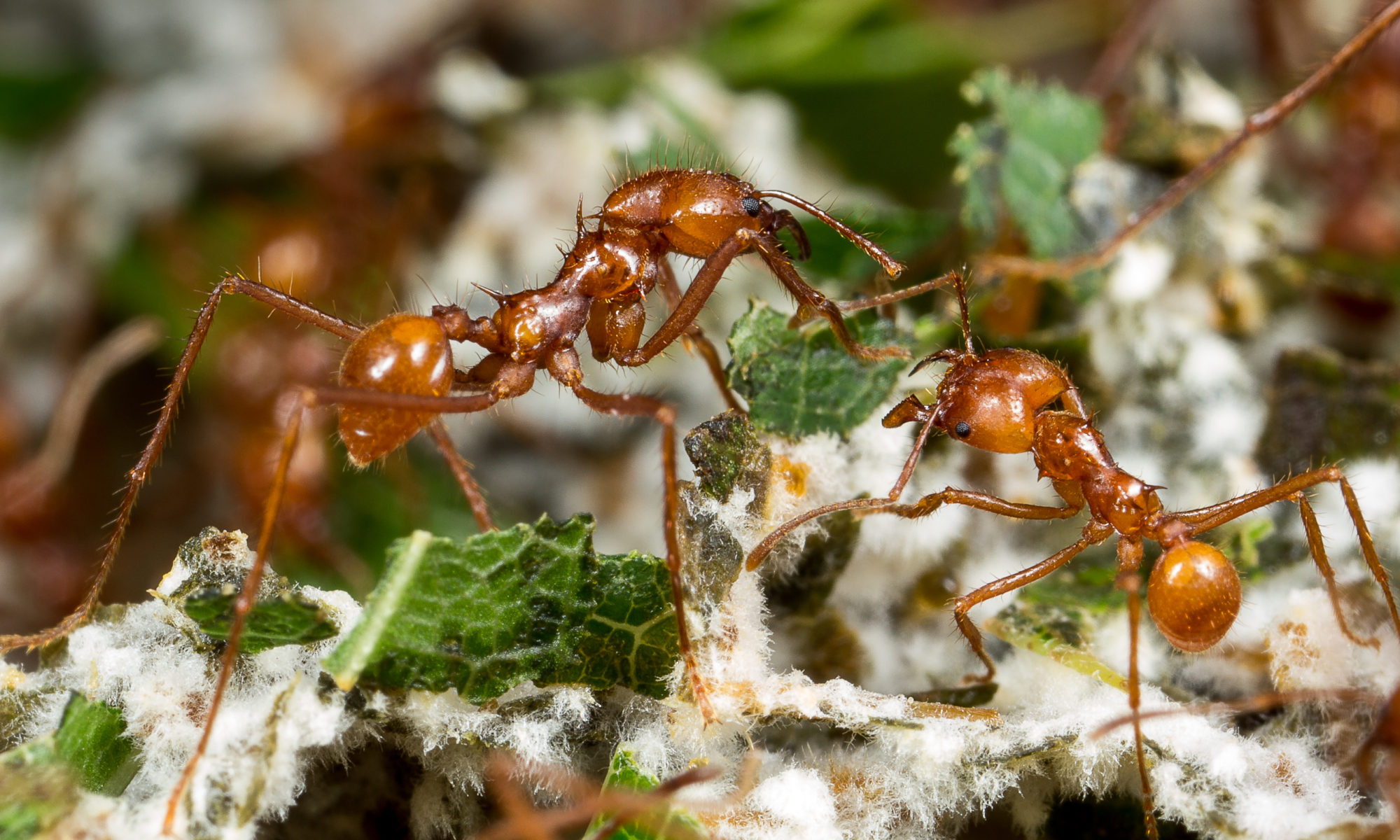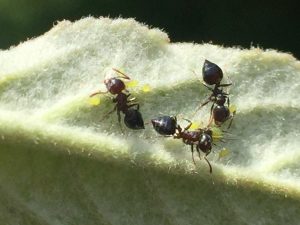We as humans despise chemical weapons. They’ve been outlawed according to the Laws of War due to their inhumane and indiscriminate killing-potential. Such weapons include nerve gases and, the most well known, mustard gas. However, in the animal kingdom, there are no such boundaries.
A wide variety of both insects and animals use chemicals to stun, confuse, or kill other organisms. The alcon blue butterfly uses pheromones similar to the ones used by Myrmica ant species to not have to take care of their young. In this case, the worker ants seem to identify the larvae of the alcon blue butterfly as their own, carrying them back to the nest and caring for them until they hatch. When the butterflies do hatch, they continue to carry the scent of the host ants and walks out of the nest unharmed.


